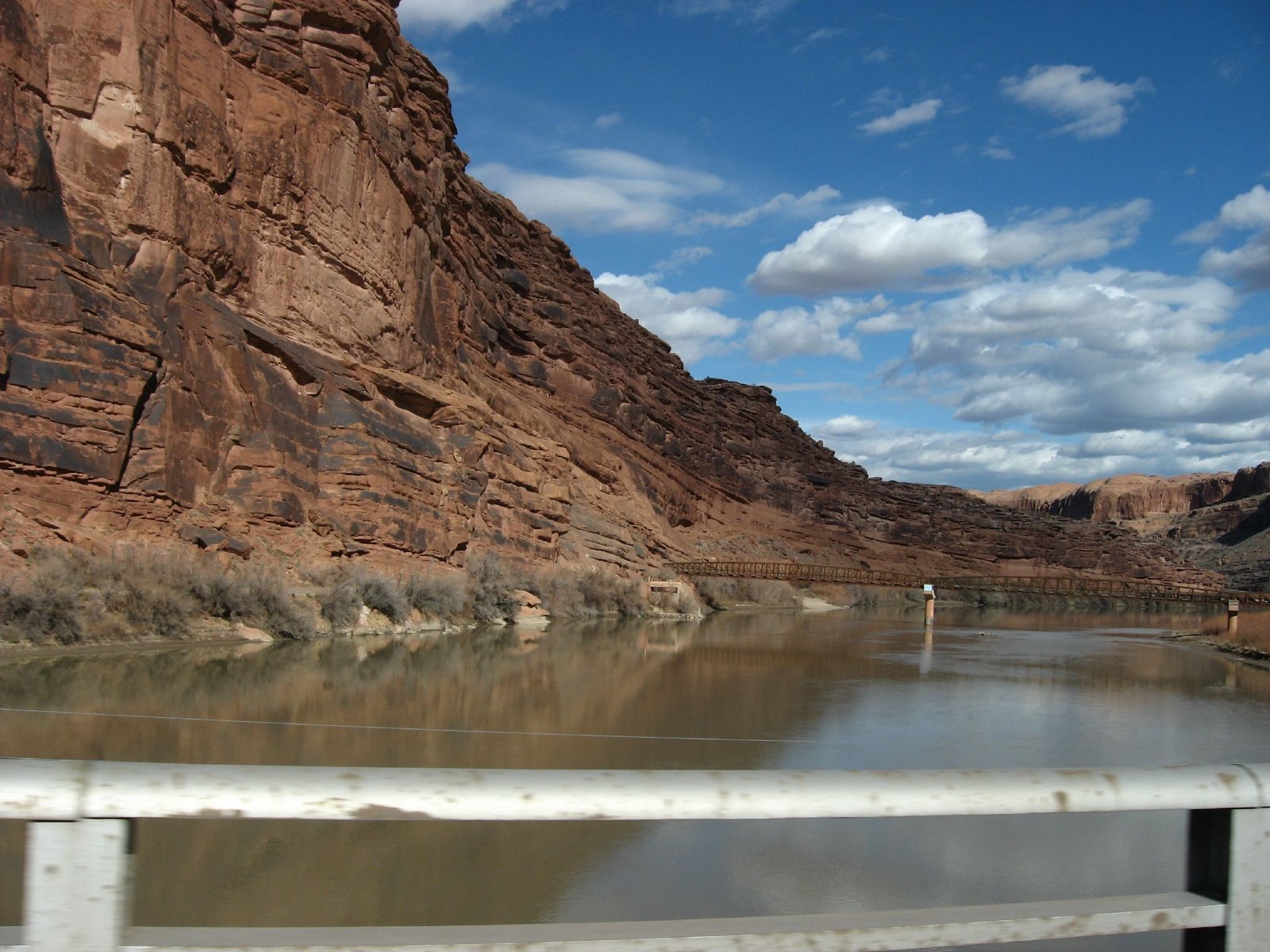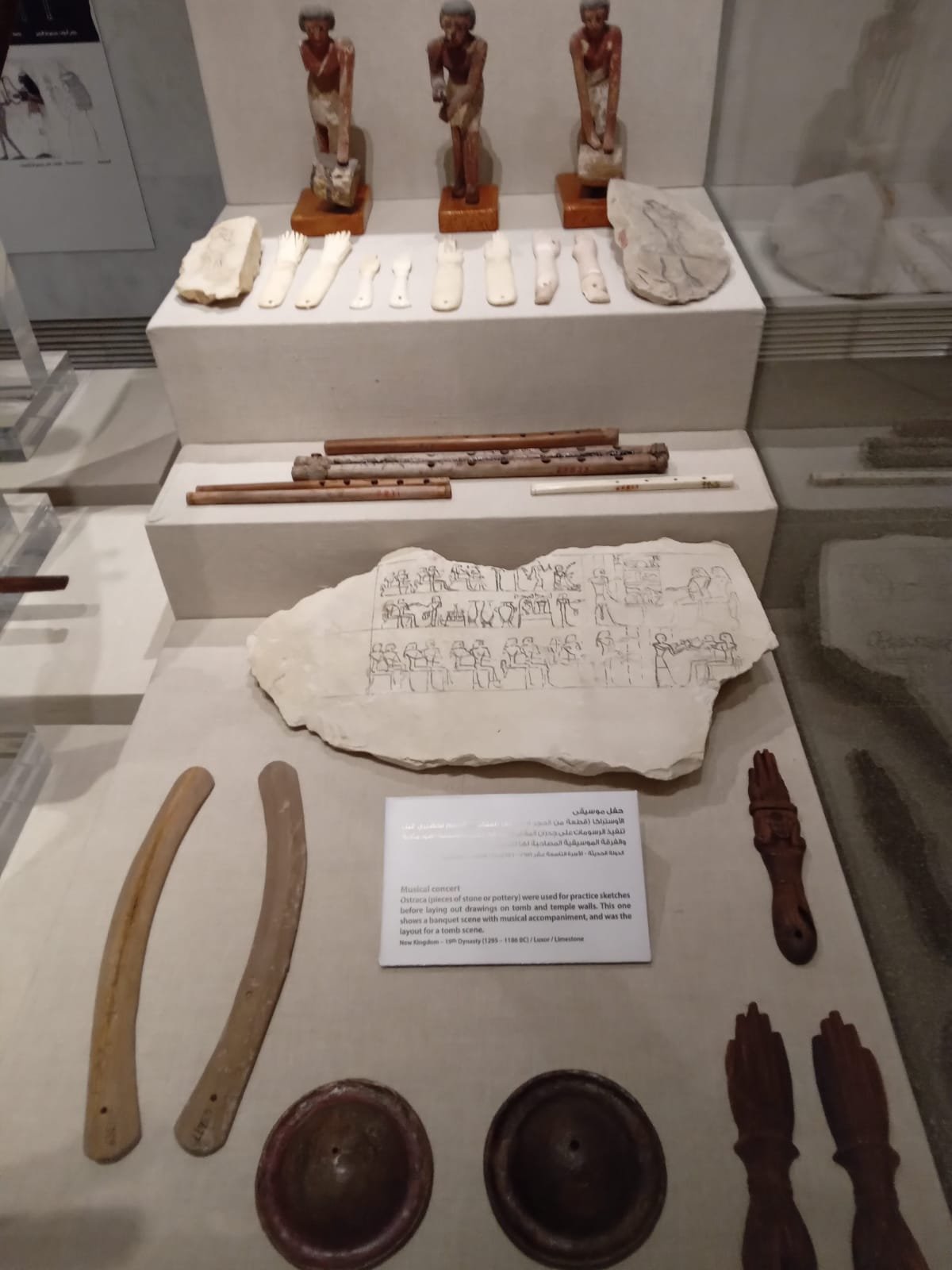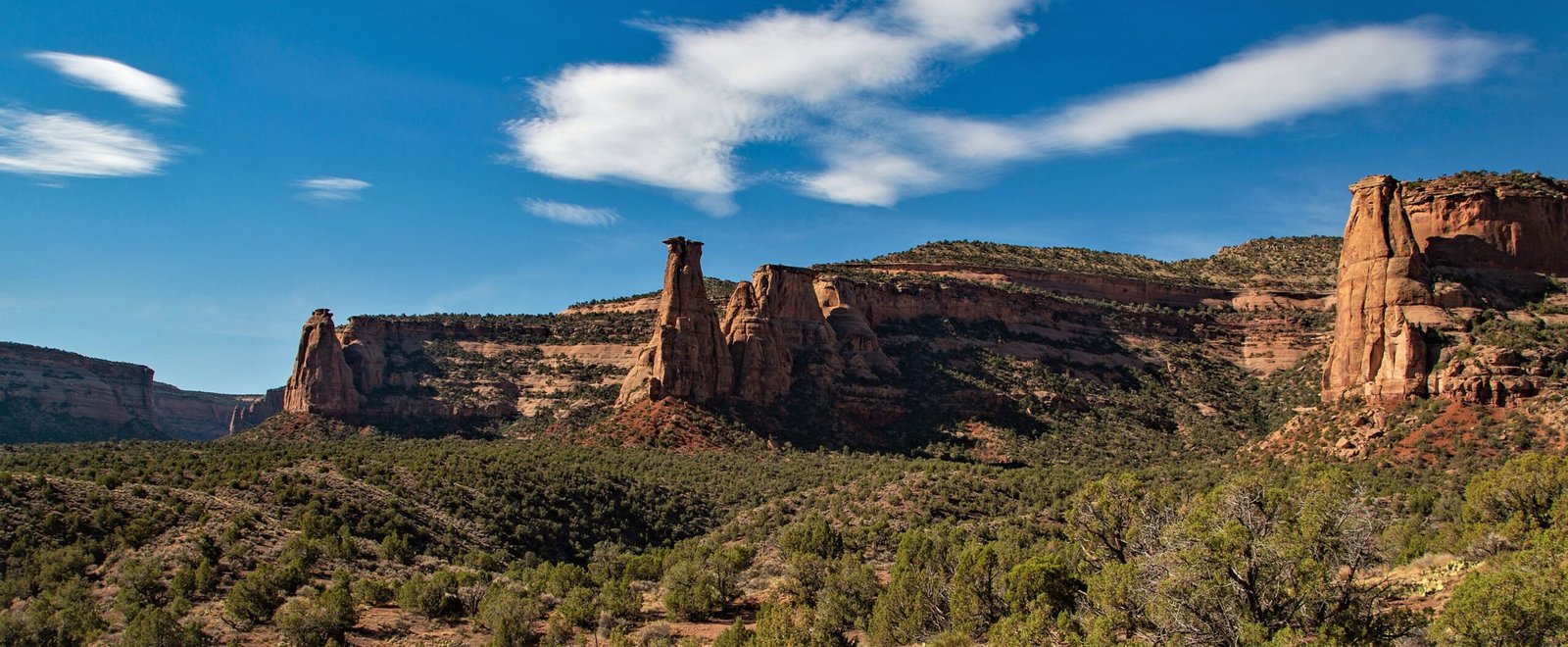The Grand Canyon is known for its breathtaking vistas, awe-inspiring landscapes, and rich geological history. However, beneath its rugged beauty lies a mystery that has captivated the imaginations of many: the rumored existence of an Egyptian cave within its depths. This tale, which blurs the lines between history and myth, continues to spark debates and curiosity among explorers and historians alike. As we delve into this enigmatic story, we need to question: is there any truth to the rumors, or is it just another legend woven into the tapestry of time?
The Origins of the Egyptian Cave Legend
The legend of the Egyptian cave in the Grand Canyon began with a newspaper article published in the early 1900s. The article claimed that an explorer named G.E. Kinkaid had discovered a mysterious cave filled with Egyptian artifacts. According to the story, the cave contained golden urns, hieroglyphics, and even mummies. But as intriguing as it sounds, no concrete evidence of such a cave has surfaced since. The origins of this legend may be rooted in the human penchant for mystery and the allure of the unknown, a tale spun to capture the imagination of readers at the time.
Unraveling the Historical Context
To better understand the plausibility of this myth, it’s essential to consider the historical context. Ancient Egypt and the Native American tribes of the Grand Canyon region were separated by vast distances and time periods. While trade and migration were common in ancient times, the notion of Egyptians traveling across oceans to reach the Grand Canyon seems far-fetched. No archaeological evidence supports the presence of Egyptians in North America, making this myth more of a historical anomaly than a plausible fact.
The Role of Archaeology in Debunking Myths

Archaeology plays a crucial role in distinguishing fact from fiction in historical narratives. Extensive archaeological surveys have been conducted in the Grand Canyon, yet none have unearthed any evidence of Egyptian presence. The cave mentioned in the legend has never been located, leading experts to dismiss the story as a fabrication. The rigorous methodologies of archaeology ensure that any significant findings would have been documented and shared with the world, further discrediting the myth.
The Power of Media in Shaping Myths
The media’s role in shaping and propagating myths cannot be underestimated. The original article that sparked the Egyptian cave legend was likely intended to capture the public’s imagination and sell newspapers. In the early 20th century, sensational journalism was a tool to draw readers, and stories like these served as perfect fodder. As the tale spread, it became woven into the cultural tapestry, with each retelling adding new layers to the myth, making it harder to separate truth from fiction.
Scientific Analysis and the Limits of Evidence

Science relies on evidence, and when it comes to the Egyptian cave myth, the evidence is conspicuously absent. The scientific community demands tangible proof to substantiate extraordinary claims. In the case of the Grand Canyon, extensive geological and archaeological investigations have failed to uncover anything resembling Egyptian artifacts. The absence of evidence is a powerful testament to the myth’s implausibility, reminding us that not all captivating stories are grounded in reality.
Why Myths Persist in Popular Culture

Myths endure in popular culture due to their ability to captivate and entertain. The tale of an Egyptian cave in the Grand Canyon taps into humanity’s fascination with mystery and the exotic. Such stories offer an escape from the mundane, allowing us to explore worlds where the improbable becomes possible. While the myth may lack factual basis, its persistence speaks to our collective desire for adventure and discovery, a testament to the enduring power of storytelling.
The Intersection of Fact and Fiction
The Egyptian cave myth highlights the delicate balance between fact and fiction. While the story itself may be a fabrication, it serves as a reminder of the importance of critical thinking. By examining the evidence, or lack thereof, we can appreciate the need for skepticism and inquiry. In a world where information is readily accessible, distinguishing between truth and fiction requires diligence, encouraging us to question and explore the stories we encounter.
Exploring the Grand Canyon’s Real Mysteries
While the Egyptian cave may be a myth, the Grand Canyon is not devoid of real mysteries. Its geological formations, carved over millions of years, hold secrets about Earth’s history. The canyon’s diverse ecosystems and ancient rock layers offer invaluable insights into the planet’s evolution. By shifting our focus from mythical tales to scientific exploration, we can uncover the true wonders of this natural marvel, enriching our understanding of the world around us.
The Appeal of Conspiracy Theories

Conspiracy theories, like the Egyptian cave myth, thrive on intrigue and skepticism. They offer alternative narratives that challenge mainstream understanding, appealing to those who question authority. While these theories can be entertaining, they often lack substantiated evidence and rely on speculation. The allure of conspiracy theories lies in their ability to provoke thought and discussion, but it’s crucial to approach them with a discerning mind, separating fact from fiction.
The Legacy of the Egyptian Cave Myth
The legacy of the Egyptian cave myth endures as a testament to the power of storytelling. Though debunked by science, it continues to capture the imagination of those who hear it. The tale serves as a reminder of the importance of curiosity and exploration, encouraging us to seek out the truths hidden within our world. As we navigate the realm of myths and legends, we are reminded that the pursuit of knowledge is a journey without end, where each discovery enriches our understanding of the past, present, and future.



